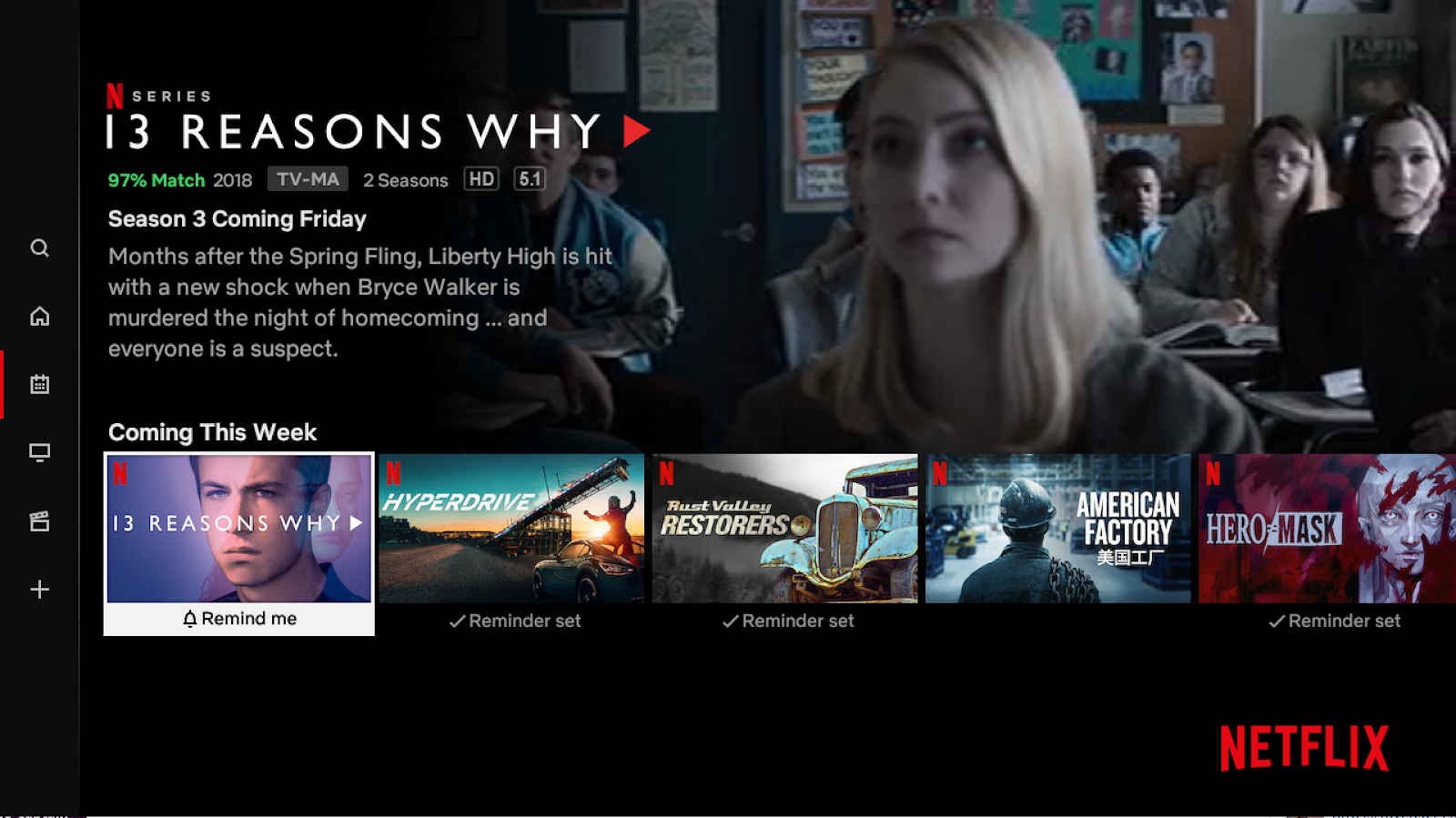
Discover the Best Book Recommendations Today
Finding great books can seem hard, but with the right help, you can find your next favorite. A good website for book recommendations can guide
The Official Website of E.B. Brown

Imagine a recommendation engine that aligns each suggestion with your preferences, saving you from endless scrolling. Personalized recommendations consider your viewing history, preferences, and how you engage with movies, offering you titles that match your tastes seamlessly. Gone are the days of debating what to watch; instead, your next film choice awaits with each tailored list.
Personalized algorithms enhance this experience by combining collaborative filtering, which considers what people with similar tastes enjoy, and content-based recommendations that build on your viewing habits. The science behind these algorithms is complex but fascinating, using large datasets and AI techniques to find films that resonate with you. Netflix and Amazon lead the way with these advanced recommendation systems, which blend math, data analysis, and user information to continuously refine recommendations. As the algorithms learn from each interaction, the system adapts to serve up even more accurate, engaging recommendations, making each movie night a streamlined and enjoyable experience.
Connecting with other movie lovers is easy with platforms like Taste Finds, which pairs you with like-minded movie enthusiasts. Its algorithm compares movie preferences, creating a network where fans can discuss recommendations, explore curated lists, and exchange insights into hidden gems. MovieLens, another powerful platform, offers a unique experience by helping users find movies while contributing to ongoing research on recommendation systems. This platform not only helps users uncover movies but also improves the technology behind these recommendations, making it a collaborative project that pushes the limits of what movie suggestions can be.
Recommendation algorithms are instrumental in uncovering hidden gems, particularly when streaming services like Netflix contain vast, complex libraries. With more than 36,000 categories and sub-genres, Netflix has everything from historical dramas to niche genres like legal thrillers or coming-of-age stories. Even though the algorithm often promotes recent or popular titles, dedicated users can easily explore a treasure trove of lesser-known films that can become unexpected favorites. Movies like Ready Player One, for instance, have left lasting impressions by blending humor, nostalgia, and modern visual effects, reminding viewers that gems can come from exploring beyond the mainstream.
Curated lists and queue systems can enhance the viewing experience, allowing users to save movies they want to watch. By prioritizing films, you can better control what you watch, spending less time searching and more time enjoying your picks. As one fan commented, personalized recommendations introduced them to hidden gems they wouldn’t have found otherwise.
Modern recommendation systems blend novelty and familiarity, a balance that helps users feel the thrill of discovering something new without straying too far from comfort zones. Research shows that people often enjoy familiar experiences more than they anticipate, and the best algorithms use data science to find that perfect balance. In a vast, growing film industry, with over 100 million data entries on IMDb alone, recommendation systems help audiences explore new and familiar titles, allowing viewers to connect with both old favorites and new discoveries.
The future of movie discovery looks promising, with AI, predictive analytics, and personalized experiences becoming the norm. Companies like Netflix and Hulu use these technologies to continually improve recommendation quality, making it easier for viewers to find shows and films they love. Features like voice search add to this ease, while predictive algorithms further personalize recommendations. AI and virtual reality are also set to transform the viewing experience, making it more interactive and immersive than ever before. However, as these technologies evolve, they bring challenges such as data privacy and algorithmic bias, issues that developers need to address to ensure responsible use.
Personalized recommendations mark an exciting new era in cinematic discovery. These systems save time and provide diverse viewing options, connecting users with other film enthusiasts and helping them uncover hidden gems across streaming services. Whether you’re using apps like Movierules, engaging with community-driven platforms like Taste Finds, or exploring research-backed tools like MovieLens, your cinematic journey is enriched by recommendations that make discovering new favorites easy and enjoyable.
From personalized suggestions to curated movie queues, the future of film discovery is here, transforming movie-watching into a tailored, interactive experience. This guide will elevate your movie journey and ensure you never miss out on your next cinematic treasure.

Finding great books can seem hard, but with the right help, you can find your next favorite. A good website for book recommendations can guide

Connecting with fellow book lovers can open up new worlds and build lasting friendships. A local Reading Community offers a sense of belonging and enriches

The rise of digital publishing has made E-book Platform solutions more popular. With many online e-book platforms out there, picking the right one is key.